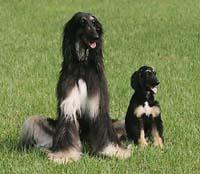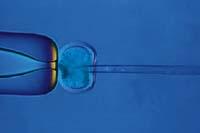Trap, suspicions, sentence

Last year ended with a big stir. Hwang Woo-suk had great reluctance about the researcher and the University of Seoul decided to analyze his work. The sentence has been clear: Hwang Woo-suf invented various data, falsified images and lied intentionally. He served both the scientific journal Science and the rest of scientists.
Hwang Woo-suf has been working on animal cloning for years, but in 2004 he was famous for an article published in the journal Science. In fact, he explained that he managed to clone a human embryo and that from that embryo the stem cells were raised.
Until then nobody had achieved it, so it is not surprising that the news has a great impact. It was also the subject of debate, as for many in this research the ethical limit was exceeded. But for many it was a great step forward in seeking treatment for incurable diseases so far.
In 2005 he published a new study in Science. On that occasion he claimed that he had obtained stem cells compatible with eleven patients. Months later, in the scientific journal Nature, he announced that he cloned the dog. Hwang Woo-suk became popular worldwide.

But by the end of the year, three researchers who worked with her stated that Hwang Woo-suf falsified the data. A great stir arose and the University of Seoul expanded research. Finally, the organization showed that it had scammed the research published in Science. Instead, what was exposed in Nature was true.
This issue has sparked intense debate. How is it possible for a researcher to deceive both experts and scientists? Even more so being such a slippery subject. Elhuyar Zientzia eta Teknika will publish an article in the next issue.
Buletina
Bidali zure helbide elektronikoa eta jaso asteroko buletina zure sarrera-ontzian











